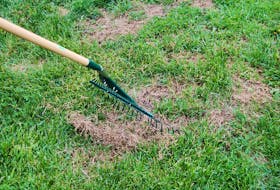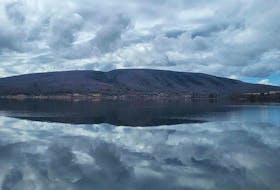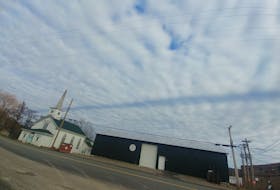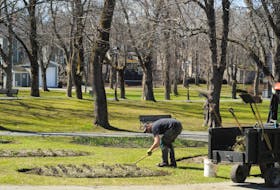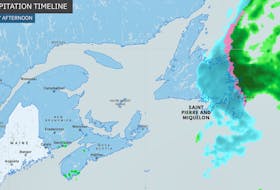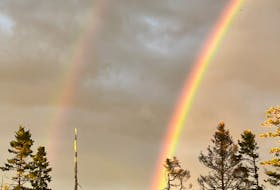It has been a strange month. Depending on where you live, you’re either buried in snow or have no snow at all. Over the weekend, more than one person asked me if the mild spell late last week was our January thaw.

A January thaw can be defined as a period of unseasonably warm weather that tends to occur at about the same time every year, usually within about 10 days after the middle of the month. The thaw can last anywhere from a few hours to a week. Specifically, a “pronounced thaw” consists of at least two consecutive days with a maximum temperature of 2 C or more.
Though the midwinter upsurge in temperature appears consistent enough, the phenomenon is not recognized as real: it is what meteorologists call a “singularity.” A singularity is an annual weather episode - usually an anomalous departure that reoccurs at roughly the same time every year in a majority of years.
A pronounced January thaw does not appear everywhere and every year, especially if you look for it during the third or fourth week of January.
For example, only about 40 per cent of Januarys in Ottawa have a January thaw. If you accept the definition as any time in January, then the “thaw” is almost annual, at least here on the East Coast. Halifax has never had a thaw-less January. On the other hand, Winnipeg experiences a January thaw in slightly more than half of the years and a pronounced thaw in fewer than a quarter of them.
January thawing progresses later in the month as you work your way from west to east: Edmonton: Jan. 16-23; Winnipeg: Jan. 18-24; Montreal: Jan. 19-27; Charlottetown: Jan. 21-28: and St. John’s: Jan. 25-28.
What causes this “singularity?” The general upper air circulation becomes more westerly, or even southwesterly, and mild. Pacific air spreads eastward across Canada. Those stronger-than-normal. mid-latitudes winds tend to hold the arctic air north and that allows for an intrusion of warm, humid air from the subtropics. The westerly flow can last several days, but it inevitably shifts to the northwest, allowing cold outbreaks of arctic air to stream southward.
By the way, I’m told that out on the Prairies the January thaw is referred to as a “bonspiel thaw.” I like the sound of that.
Have a weather question, photo or drawing to share with Cindy Day? Email [email protected]
Cindy Day is the chief meteorologist for SaltWire Network.
RELATED


